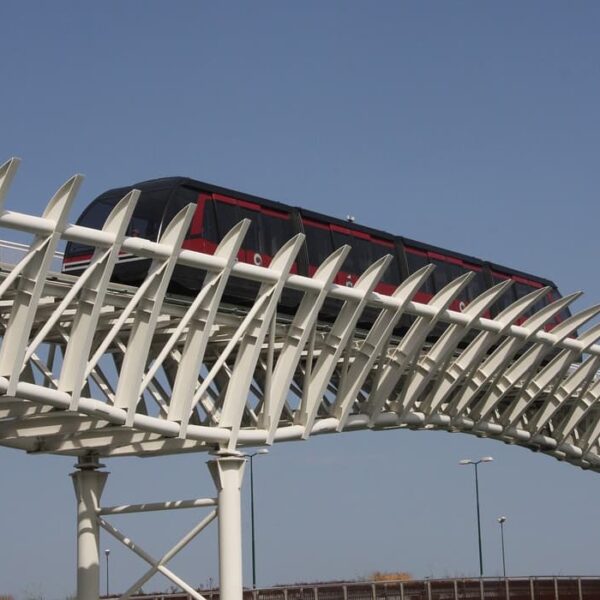Magnetic cushion trains, maglevs, are the fastest type of ground-based public transport. Although only three small tracks have been put into operation so far, research and testing of magnetic train prototypes is taking place in various countries.
Formation history
The first pages of the history of the maglev were filled with a series of patents obtained in the early twentieth century in various countries. Back in 1902, a patent for the design of a train equipped with a linear motor was noted by German inventor Alfred Seiden. Four years later, Franklin Scott Smith developed another early prototype of the electromagnetic suspension train. A little later, between 1937 and 1941, several more patents relating to trains equipped with linear electric motors were obtained by German engineer Hermann Kemper.
In 1979, the world’s first prototype of a magnetic cushion train licensed to provide passenger transportation services, Transrapid 05, was born. A test track 908 m long was built in Hamburg and presented during the IVA 79 exhibition. Interest in the project turned out to be so great that the Transrapid 05 managed to operate successfully for another three months after the end of the exhibition and transported a total of about 50,000 passengers. Maximum speed of this train was 75 km/h.
And the first commercial maglev appeared in 1984 in Birmingham, England. Magnetic suspension railway line connected the terminal of the Birmingham International Airport and the railway station located nearby. It operated successfully from 1984 to 1995. The line was only 600 m long, and the height to which the train with a linear induction motor rose above the roadbed was 15 millimeters. In 2003 it was replaced by the AirRail Link passenger service system based on Cable Liner technology.
In the 1980s, high-speed magnetic cushion train projects were developed and implemented not only in England and Germany, but also in Japan, Korea, China and the USA.
How it works
We know about the basic properties of magnets from the 6th grade physics lessons. If you bring the north pole of a permanent magnet to the north pole of another magnet they will repel. If one of the magnets is reversed by connecting the different poles, they will be attracted. This is the simple principle behind maglev trains, which glide through the air over the rail at a slight distance.
Magnetic suspension technology is based on three basic subsystems: levitation, stabilization and acceleration. At the same time, there are currently two main magnetic suspension technologies and one experimental, proven only on paper.
Trains built on the basis of the electromagnetic suspension technology (EMS) for levitation use an electromagnetic field, the force of which varies over time. The practical implementation of this system is very similar to the operation of conventional rail transport. Here a T-rail made of conductor (mostly metal) is used, but the train uses a system of electromagnets – supporting and guiding instead of wheel pairs. The supporting and guiding magnets in this case are arranged in parallel to the ferromagnetic stators placed on the edges of the T-rail.
Trains based on EMS technology are driven and braked by a synchronous linear low-acceleration motor, represented by supporting magnets and a web over which the magnetoplan is hovering. Basically, the motor system built into the web is a conventional stator (the fixed part of the linear motor) deployed along the bottom of the web, and the supporting electromagnets, in turn, act as the anchor for the motor. Thus, instead of producing torque, the alternating current in the coils generates a magnetic field of excited waves that moves the train in a non-contact manner. Changing the strength and frequency of alternating current makes it possible to regulate the traction and speed of the train. At the same time to slow down, it is only necessary to change the direction of the magnetic field.
In case of application of the electrodynamic suspension technology (EDS), levitation is carried out through the interaction of the magnetic field in the track and the field created by the superconducting magnets on board the train. Japanese JR-Maglev trains are based on the EDS technology.
The main advantage of the EDS system is high stability – a slight reduction in the distance between the track and the magnets results in a repulsive force, which returns the magnets to their original position, while increasing the distance reduces the repulsive force and increases the attractive force, which again leads to the stabilization of the system. In this case, no electronics are needed to control and adjust the distance between the train and the track.
